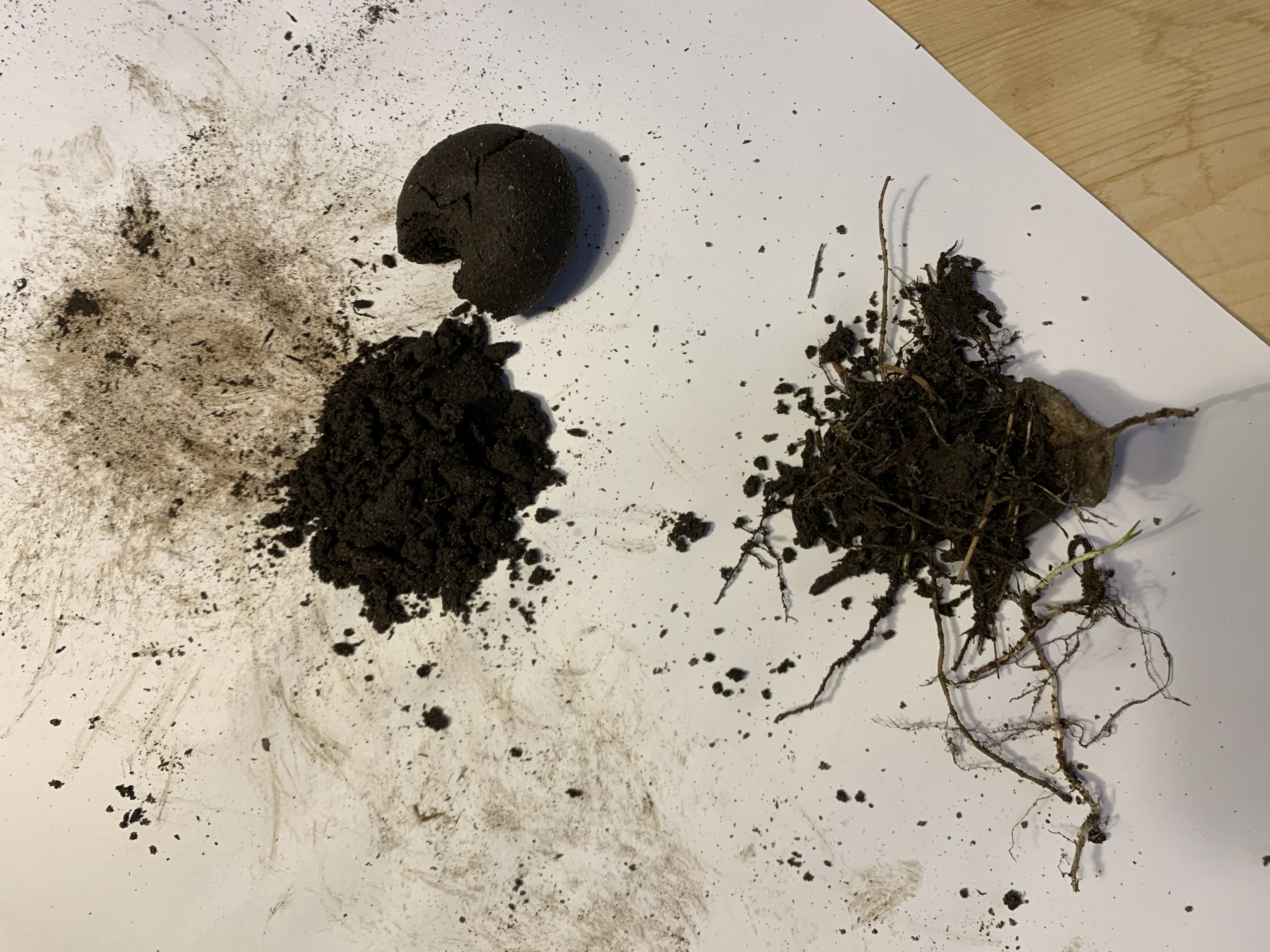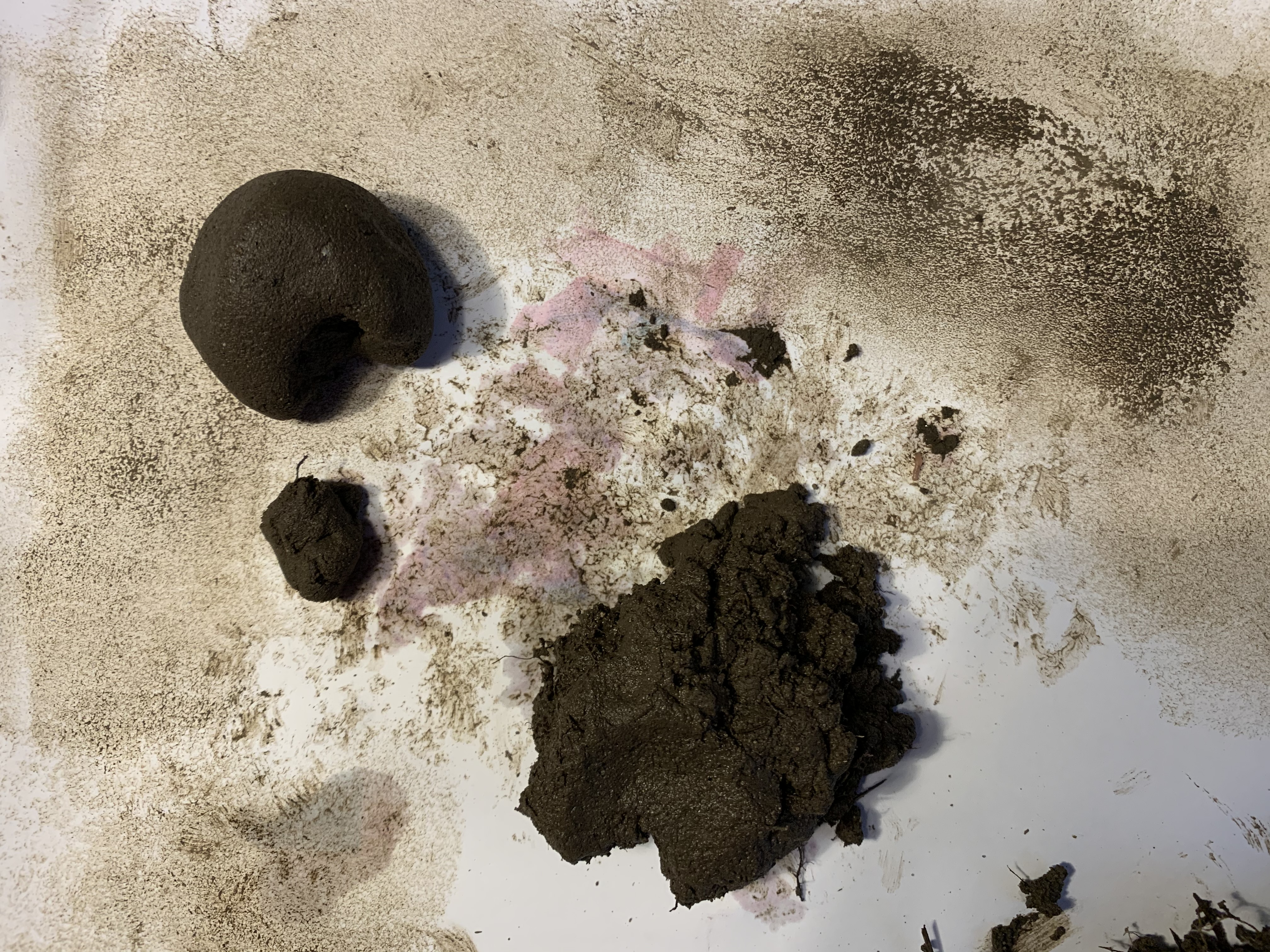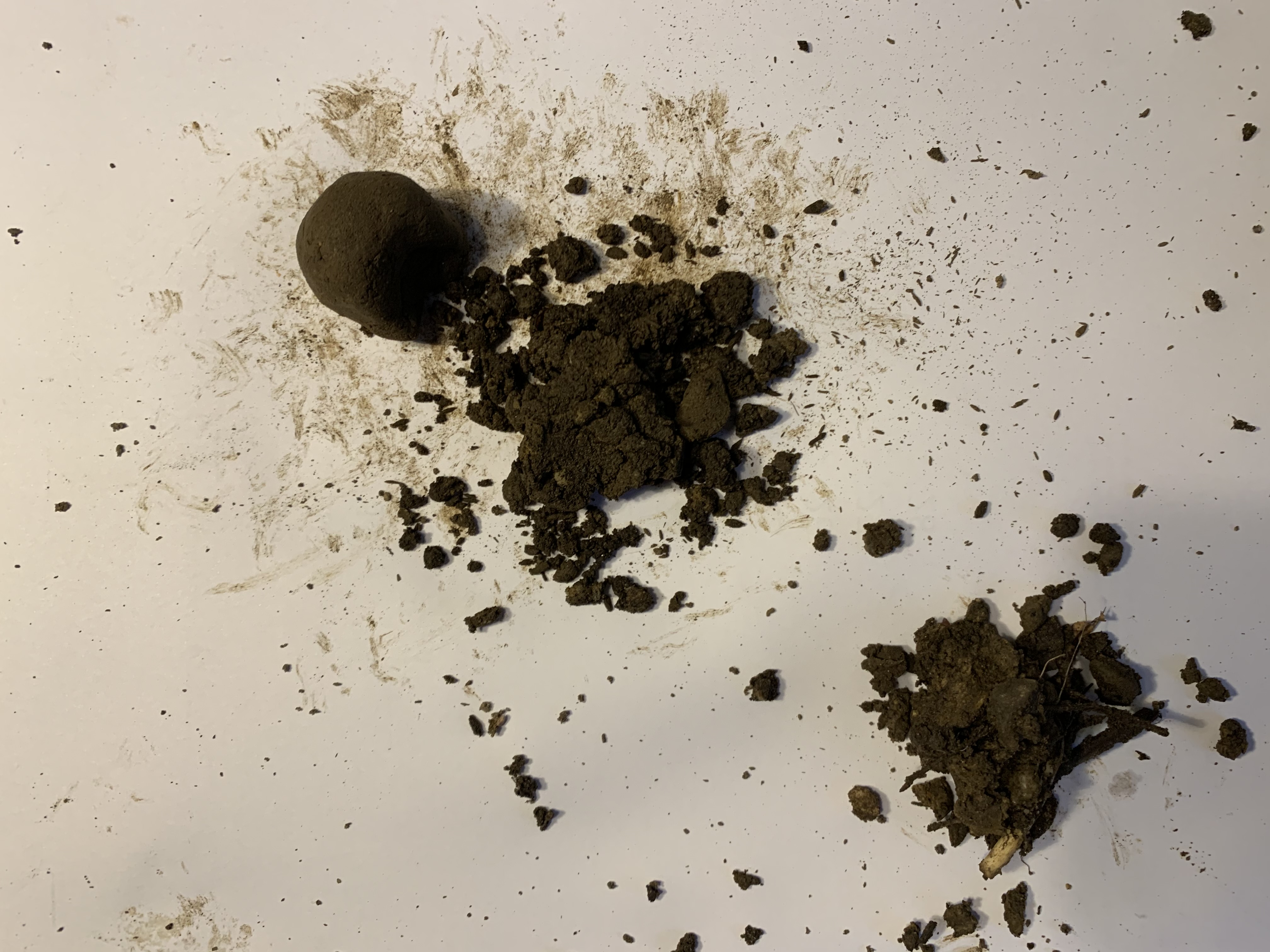Soil Texture Analysis
A simple way to get to know the content of sand, silt and clay in soils, the so-called soil texture, is by using the fingers as “analytical instrument”. Basically, soil texture analysis is undertaken by rolling the soil between the fingers. Here we did this based on a protocol provided by Dr. Peter Schad (Technical University of Munich, Germany).
Soils reflect the history of a place, the vegetation and the parent material - the minerals from which the soils were formed. Thus, the properties of both current and former vegetation and management are imprinted in the soils. The soil texture defines how large soil pores are and thus spaces either filled by air or water. Soil texture is therefore the link between the parent material (in this case sand), climate, vegetation, management and time, and mainly determines the major soil properties. One of these important soil properties is the storage of carbon. The main soil carbon source is plants that fix CO2 via photosynthesis, and large amounts of this carbon becomes plant residues in soils.
Looking at the soil in Fælledparken the black colour becomes obvious. Blackness of soils is a perfect indicator of high amounts of carbon, a fact that many are familiar with from the carbon-rich planting substrate used in gardening.
The Fælledparken soil also contains a lot of roots, indicating its vegetation cover and the high biological activity in the soil. Lots of microorganisms, bacteria and fungi, and presumably also some soil fauna (earthworms, spring tails, etc.) like to feast on the carbon that is directly transported into the soil by the plant roots. Trees, shrubs and undergrowth form the vegetation and foster the input of carbon that makes even this sandy soil one that contains more carbon than expected. Normally a lot of sandy soils are rather low in carbon as they suffer from water scarcity in summer and often don’t provide many nutrients.

Soils with a finer texture, where more silt or clay is admixed with the sand, normally contain larger amounts of carbon. However, the loamy textured soils from Stejlepladsen and the Kolonihave in Ballerup look rather similar, with less organic matter, nicely visible through the less dark, slightly brownish colour. Thus, although there is a finer substrate, silt loam according to the finger test, the soils seem to contain less carbon. Although there were also a lot of roots in the soil at Stejlepladsen and Ballerup, it seems that the wild bushes and grasses, and perhaps lower water availability, led to a lower carbon content. This illustrates very nicely that even though soil texture is an important factor for plant growth, biological activity and thus for soil carbon storage, soils are highly complex systems that are affected by a multitude of factors. And in urban areas one major factor adds to all the rest: the human impact.


Finger testing: Inanna Riccardi, Curator
Text: Carsten W. Mueller
Associate Professor, Soil Science
University of Copenhagen
Department of Geosciences and Natural Resource Management
Geography